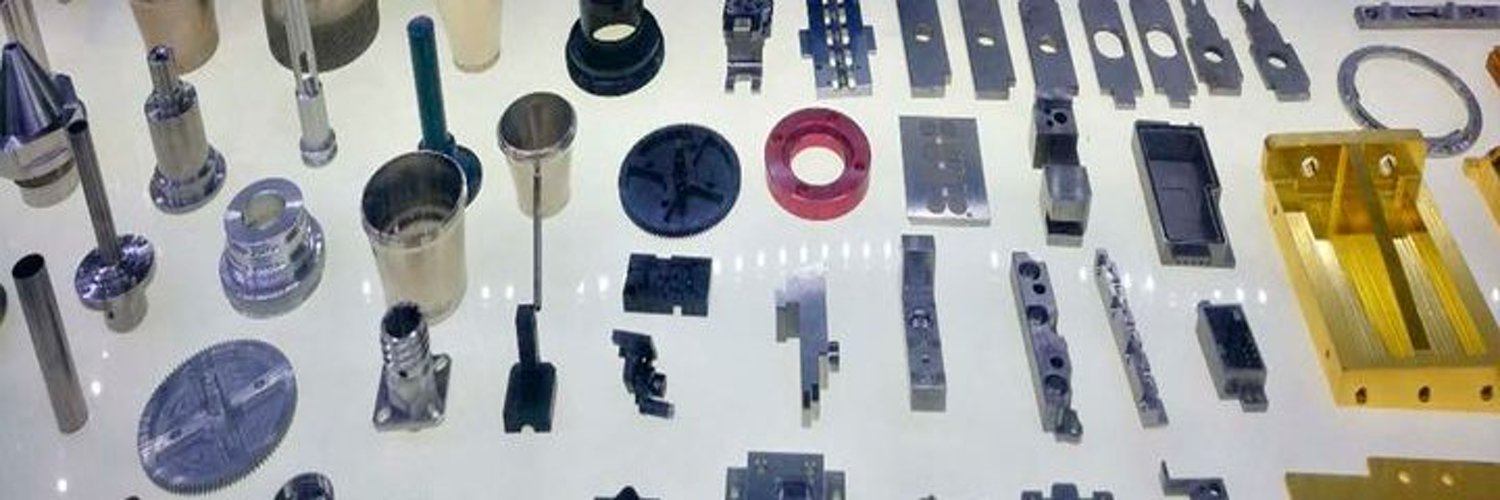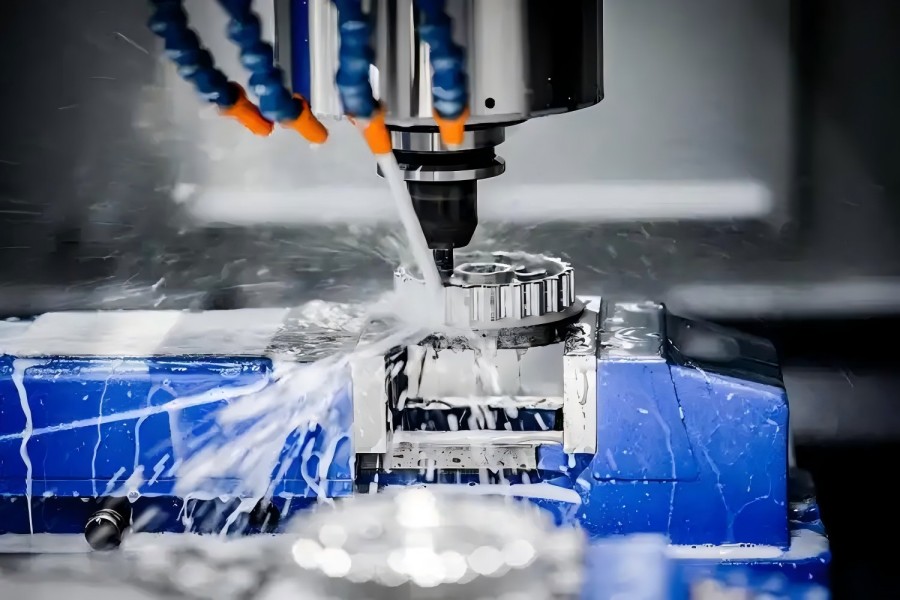News Categories
Contact Us
020-86988980
- Guangzhou Sinoth Import and Export Co., LTD
Tel: 020-8968-8980
Website:www.gzsynoth.com
Email: belinda@dginfa.com(24 hours online)
Phone: +86 189 2740 6786
Address: No 5, Jinshi Three Street, Shiling Town, Huadu District,Guangzhou City, Guangdong Province
News
Current Location:Home > News > News
CNC Milling Turning Advantages And Characteristics
Add Time:2025-03-28
CNC (Computer Numerical Control) milling and turning are two fundamental processes in modern manufacturing, used to create precise parts from various materials like metal, plastic, wood, and composites. Here's an overview of each process:
CNC Milling
CNC milling is a subtractive manufacturing process where a rotating cutting tool removes material from a workpiece to create a custom-designed part. The workpiece is typically held stationary on a table, while the cutting tool moves along multiple axes to achieve the desired shape.
Key Features:
- Multi-Axis Movement: CNC mills can operate in 3-axis (X, Y, Z), 4-axis, or 5-axis configurations, allowing for complex geometries.
- Versatility: Can produce flat surfaces, slots, holes, contours, and intricate 3D shapes.
- Tools: Uses end mills, face mills, drills, and other cutting tools.
- Applications: Aerospace components, automotive parts, molds, prototypes, and more.
Advantages:
- High precision and repeatability.
- Suitable for both small and large production runs.
- Can handle a wide range of materials.
CNC Turning
CNC turning is a process where the workpiece rotates while a stationary cutting tool removes material to create cylindrical or conical shapes. This is typically done on a lathe.
Key Features:
- Single-Axis Rotation: The workpiece spins, and the tool moves linearly to cut material.
- Common Operations: Facing, grooving, threading, drilling, and tapering.
- Tools: Uses turning tools, boring bars, and drills.
- Applications: Shafts, bolts, screws, bushings, and other rotational parts.
Advantages:
- Ideal for creating symmetrical, round parts.
- Faster production for cylindrical components compared to milling.
- High precision and surface finish.
Differences Between CNC Milling and Turning
Feature: CNC Milling /CNC Turning
Workpiece Movement Stationary Rotates
Tool Movement
Moves along multiple axes
Moves linearly
Part Shape
Complex 3D shapes, flat surfaces
Cylindrical, conical, or round shapes
Machine Type CNC mill ,CNC lathe
Combined CNC Machining
Many modern CNC machines combine milling and turning capabilities (e.g., CNC mill-turn centers) to produce complex parts in a single setup. These machines are highly efficient for intricate components requiring both rotational and multi-axis features.
CNC Milling
CNC milling is a subtractive manufacturing process where a rotating cutting tool removes material from a workpiece to create a custom-designed part. The workpiece is typically held stationary on a table, while the cutting tool moves along multiple axes to achieve the desired shape.
Key Features:
- Multi-Axis Movement: CNC mills can operate in 3-axis (X, Y, Z), 4-axis, or 5-axis configurations, allowing for complex geometries.
- Versatility: Can produce flat surfaces, slots, holes, contours, and intricate 3D shapes.
- Tools: Uses end mills, face mills, drills, and other cutting tools.
- Applications: Aerospace components, automotive parts, molds, prototypes, and more.
Advantages:
- High precision and repeatability.
- Suitable for both small and large production runs.
- Can handle a wide range of materials.
CNC Turning
CNC turning is a process where the workpiece rotates while a stationary cutting tool removes material to create cylindrical or conical shapes. This is typically done on a lathe.
Key Features:
- Single-Axis Rotation: The workpiece spins, and the tool moves linearly to cut material.
- Common Operations: Facing, grooving, threading, drilling, and tapering.
- Tools: Uses turning tools, boring bars, and drills.
- Applications: Shafts, bolts, screws, bushings, and other rotational parts.
Advantages:
- Ideal for creating symmetrical, round parts.
- Faster production for cylindrical components compared to milling.
- High precision and surface finish.
Differences Between CNC Milling and Turning
Feature: CNC Milling /CNC Turning
Workpiece Movement Stationary Rotates
Tool Movement
Moves along multiple axes
Moves linearly
Part Shape
Complex 3D shapes, flat surfaces
Cylindrical, conical, or round shapes
Machine Type CNC mill ,CNC lathe
Combined CNC Machining
Many modern CNC machines combine milling and turning capabilities (e.g., CNC mill-turn centers) to produce complex parts in a single setup. These machines are highly efficient for intricate components requiring both rotational and multi-axis features.



